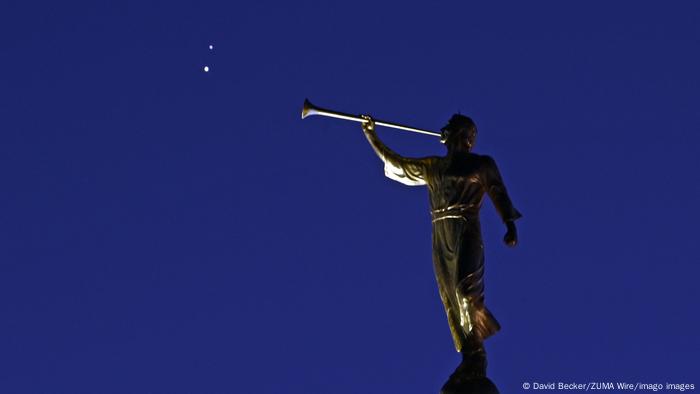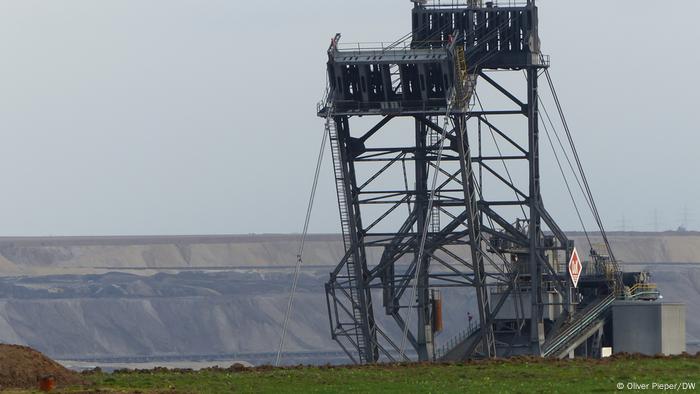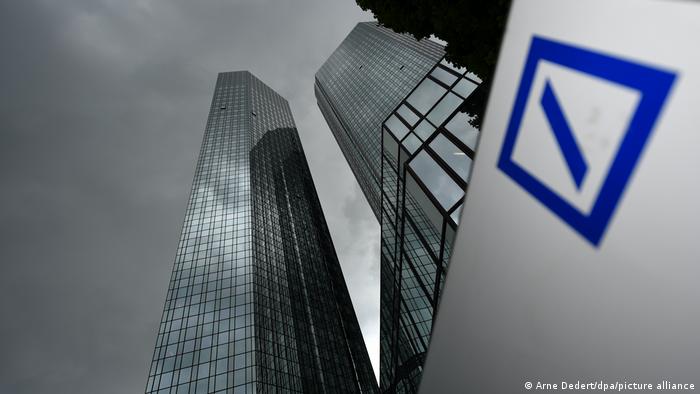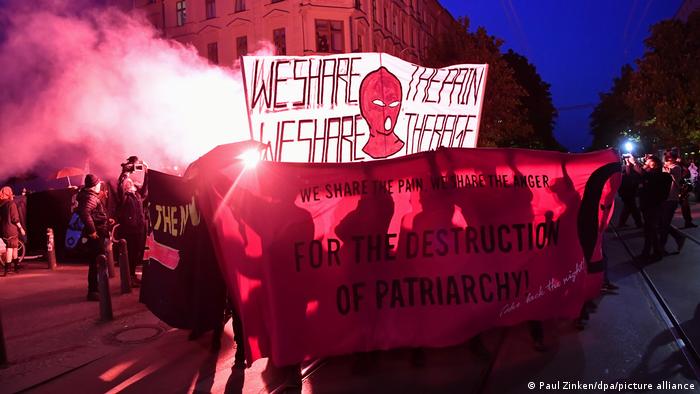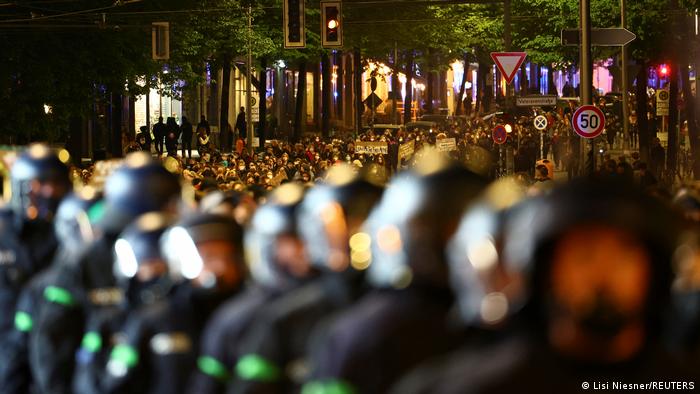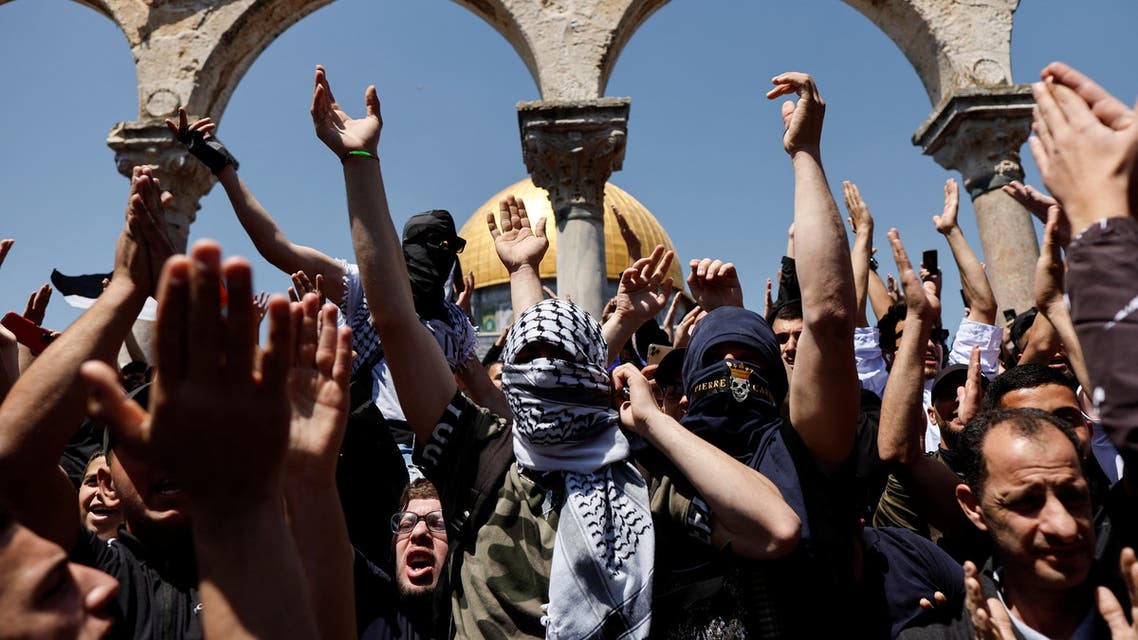UPDATE
Colorado inmate is first American to test positive for bird flu
April 29 (UPI) -- Health officials in Colorado said an inmate at a state correction facility working with poultry has contracted a highly contagious strain of influenza known as bird flu, becoming the first person in the United States to contract the virus.
The 40-year-old man incarcerated at a Delta County facility tested positive for H5N1 flu earlier this week with the U.S. Centers for Disease Control and Prevention confirming the result on Wednesday
The patient is the only confirmed human case in the United States, the Colorado Department of Public Health and Environment said Thursday in a statement announcing the infection.
The man is "largely asymptomatic," reporting only fatigue, and is receiving an antiviral drug known as tamiflu while isolating, it said.
"We want to reassure Coloradans that the risk to them is low," said Dr. Rachel Herlihy of the Colorado Department of Public Health and Environment.
The person was exposed to the virus via infected poultry at a commercial farm in Montrose County, which is located near the state's western border with Utah. He was working with the animals as part of a pre-release employment program, the state officials said.
The affected flock were subsequently euthanized, it said.
According to the U.S. Department of Agriculture, more than 33 million domestic birds in 29 states have contracted the virus.
In January, a person in Britain who kept a large flock of ducks tested positive for the bird flu but was asymptomatic.





